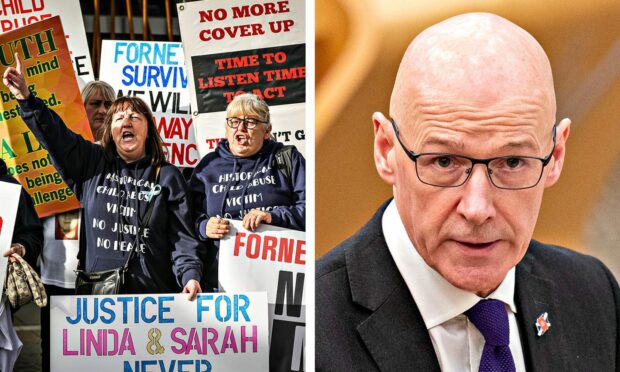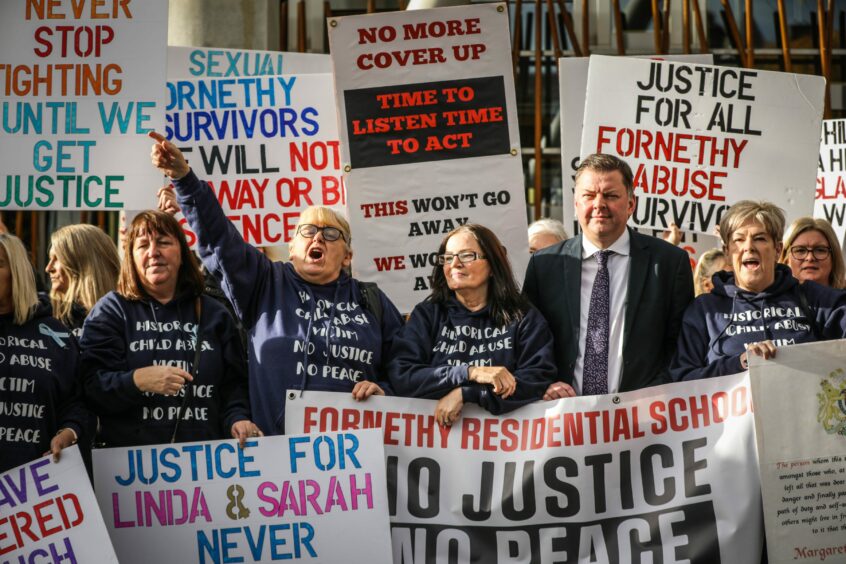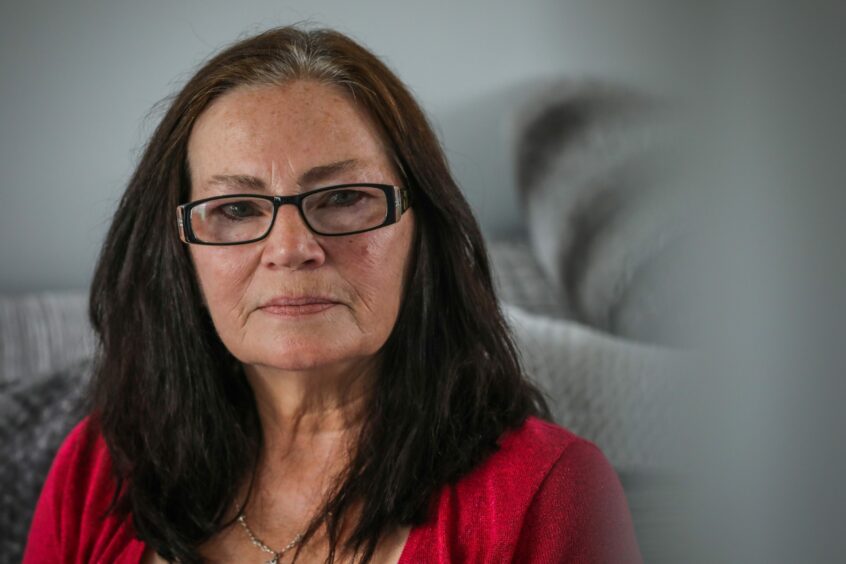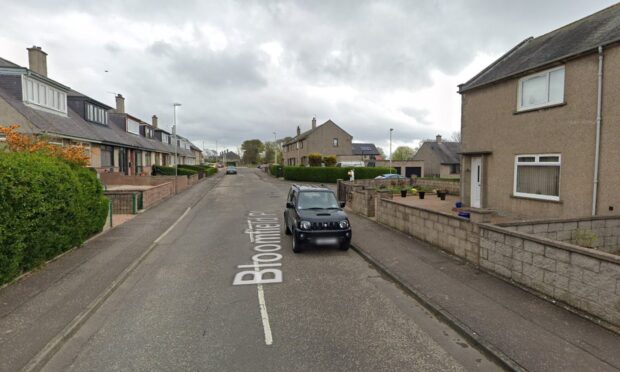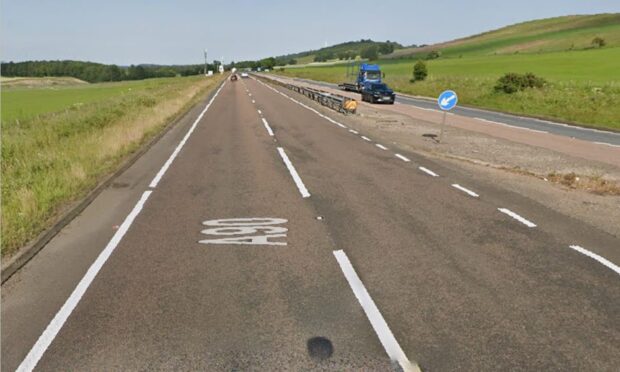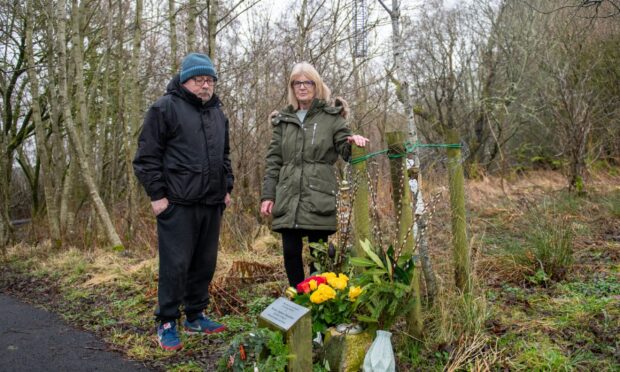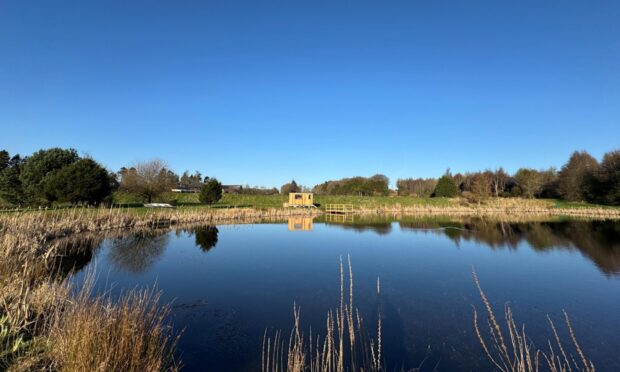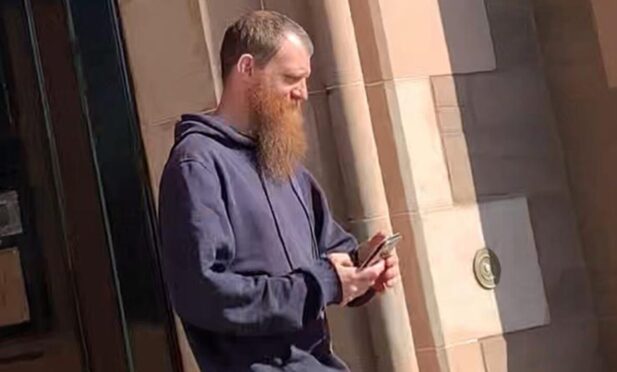New calls have been made to include those who were abused in short-term care – such as pupils at the former Fornethy House residential school in Angus – in a government compensation scheme.
The development comes after an investigation by The Courier revealed victims of abuse at Fornethy were excluded from the scheme due to their stay at the school being capped at six weeks.
On Tuesday, Deputy First Minister John Swinney, who leads the Redress compensation programme, was asked to “widen the current eligibility” of the scheme.
A letter from the Public Petitions Committee to Mr Swinney recommended “the Scottish Government take action to widen the current eligibility criteria of Scotland’s Redress Scheme”.
After examining “compelling” evidence as part of a new petition to allow Fornethy victims – who were sent to the school by the now defunct Glasgow Corporation – access to Redress, the committee challenged the exclusion and called the criteria “too narrow”.
The committee supported the argument that, while providing short-term care to children, local authorities could be considered to be acting in place of a parent.
The committee wrote: “The Committee considers that victims of non-recent abuse in the case of public bodies should receive equal and fair treatment, regardless of the length of time and regardless of the place they were being looked after.”
During a meeting with the Education, Children and Young People Committee, Mr Swinney said that he was going to “reflect carefully on the letter” and “would look carefully at this issue”.
Mr Swinney added that it was his view that “the scheme is presently open to Fornethy survivors” on a case-by-case basis despite the eligibility criteria for Redress stating that “short-term respite” and “holidays” are the “types of situations would not fall within the scheme”.
Mr Swinney previously told the Courier that Redress “is primarily for those vulnerable children who were in long-term residential care” but has said it does not represent a blanket ban.
Successful applicants are decided by an independent panel, not by the Scottish Government.
Mr Swinney could not say whether any Fornethy survivors have applied or been successful in Redress so far, citing personal data issues.
New Petition for Fornethy survivors
The new petition on behalf of Fornethy survivors now awaits a response from John Swinney.
South of Scotland MSP Colin Smyth, a supporter of a petition to expand the criteria of Redress, told The Courier that: “It’s becoming clear that as a result of these brave women coming forward and highlighting their plight the current flaws in the Redress scheme are being exposed and the Government need to rethink the criteria.
“These women as young children were sent to Fornethy by the state and were in the so-called care of the state, so ultimately the state needs to take responsibility.
“This is about ensuring the perpetrators of any abuse are brought to justice and most importantly that the government acknowledges what happened at Fornethy.”
Fornethy survivors have previously expressed outrage at the situation, saying it created a two-tier system.
Elaine McLaughlin, an ex-pupil who claimed she was sexually abused at Fornethy House, said of the latest development: “It is good that Fornethy woman are finally being accepted and acknowledged.”
What is the redress scheme?
The Redress scheme was launched in December 2021 with an aim to give “compensation, acknowledgment and support” to those who are victims of historic abuse in the care of the state in Scotland.
As of the conclusion of its first year on the December 31 2022, the scheme as given out just shy of £11.4 million pounds to 255 victims of abuse in Scotland. Including “personal apologies” given to 10 victims.
Mr Swinney revealed that the scheme has received 1,960 applications in its first year of operation noting that “application came in quicker than expected.”
To respond to the volume the scheme increased the number of case workers it employed from 12 to 23.
Mr Swinney noted that figures are “heartening and show good progress” but that the scheme is still new and “more work needed to be done.”
